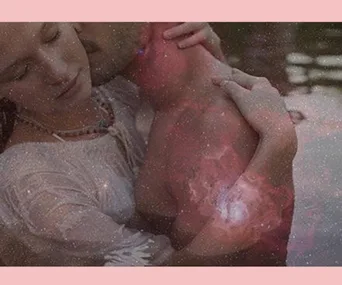This morning, Tuesday, August 7, 2017, a total lunar eclipse was visible in parts of South and East Asia, Europe, Africa, and Australia.
If you missed the eclipse (and most of us did, it was all finished up 5:18 am time), then you’ll have to wait until the next total eclipse takes place on January 31, 2018.
Bummer.
And we’ve got more disappointing news.
You’ll hear a lot of people talking about the upcoming total solar eclipse. It’s the first time in 99 years that such an event has hit the United States. It’s being called The Great American Eclipse.
It will take place onMonday, August 21, 2017, but will only be visible across the United States. It will be partially visible in a band from the Pacific Ocean to the Atlantic Ocean including northern South America, Western Europe, and some of Africa.
Those lucky people who can see it will witness a once in a lifetime opportunity as the Sun, the Moon and the Earth become perfectly aligned.
Sadly, the rest of us will have to wait to view the amazing phenomenon online.
Eclipses in 2018
- 31 Jan, Lunar Eclipse
(Total)
North/East Europe, Asia, Australia, North/East Africa, North America, North/West South America, Pacific, Atlantic, Indian Ocean, Arctic, Antarctica
- 15 Feb, Solar Eclipse
(Partial)
South in South America, Pacific, Atlantic, Antarctica
- 13 Jul, Solar Eclipse
(Partial)
South in Australia, Pacific, Indian Ocean
- 27/28 Jul, Lunar Eclipse
(Total)
Much of Europe, Much of Asia, Australia, Africa, South in North America, South America, Pacific, Atlantic, Indian Ocean, Antarctica
- 11 Aug, Solar Eclipse
(Partial)
North/East Europe, North/West Asia, North in North America, Atlantic, Arctic
What Are Solar Eclipses?
A solar eclipse occurs when the Moon eclipses the Sun
This happens when the New Moon moves between the Sun and Earth. It blocks the sun and the sunlight and casts a shadow over the earth.
Time and Date.com explain, “The Moon’s shadow is not big enough to engulf the entire planet, so the shadow is always limited to a certain area”.
There are four different types of solar eclipses: a partial solar eclipse, annular solar eclipses, total solar eclipses and hybrid solar eclipses.
What Are Lunar Eclipses?
An eclipse of the Moon or a lunar eclipse occurs when a planet comes between the Moon and the Sun’s light, which the moon reflects. This, in turn, leaves the Moon dark and we can see a shadow on the moon.
During a Full Moon, a total lunar eclipse occurs.
This is where the Sun, Earth and Moon are aligned to form an exact or an almost straight line.
This line is called a syzygy.



